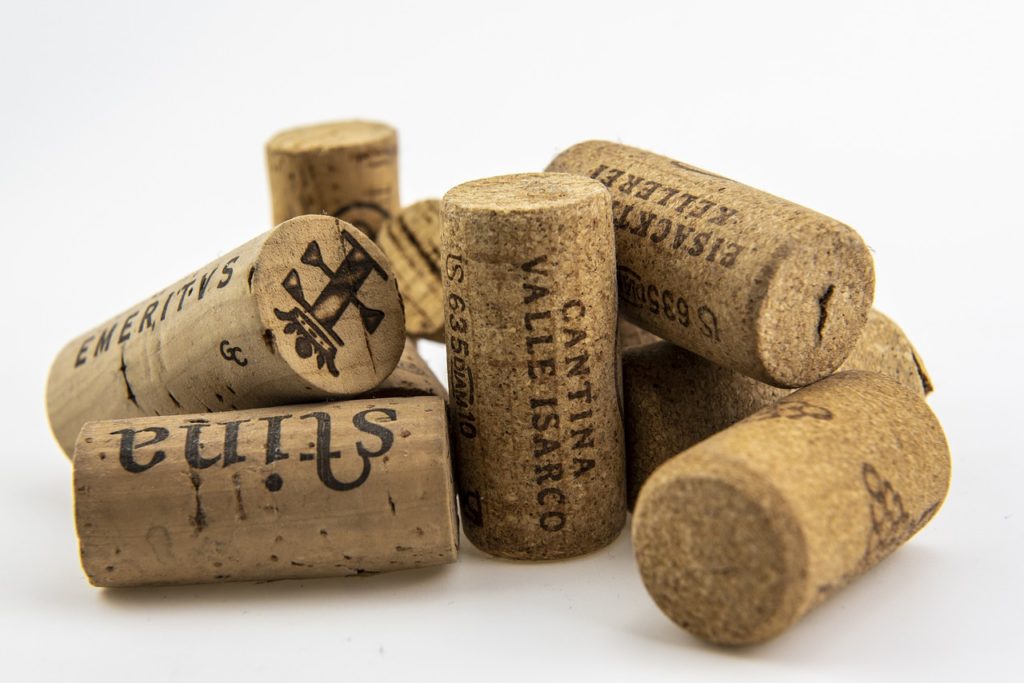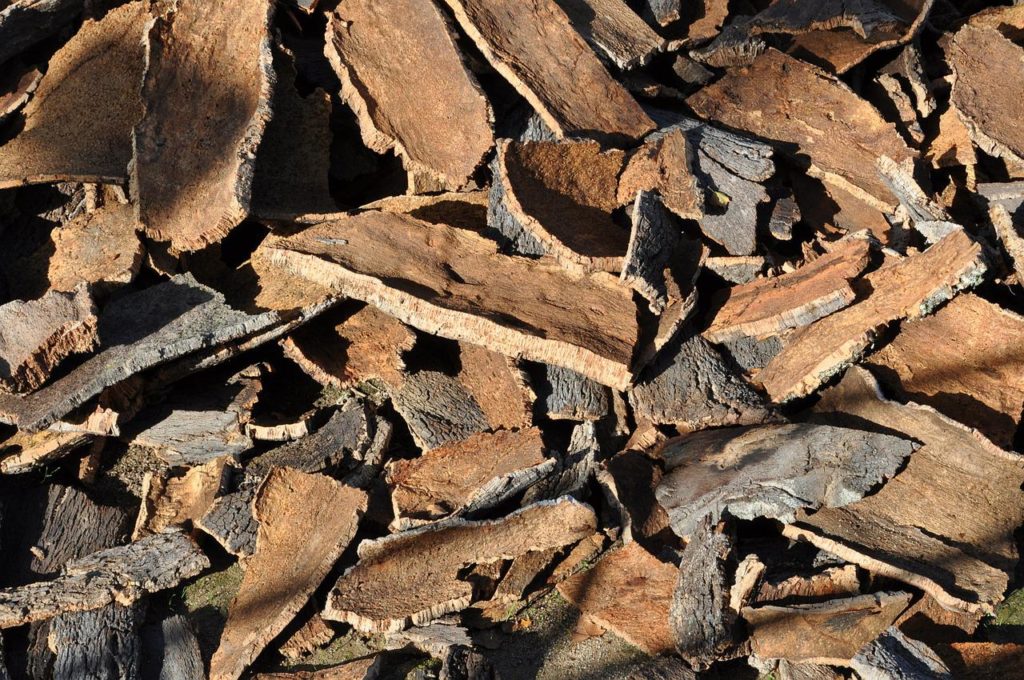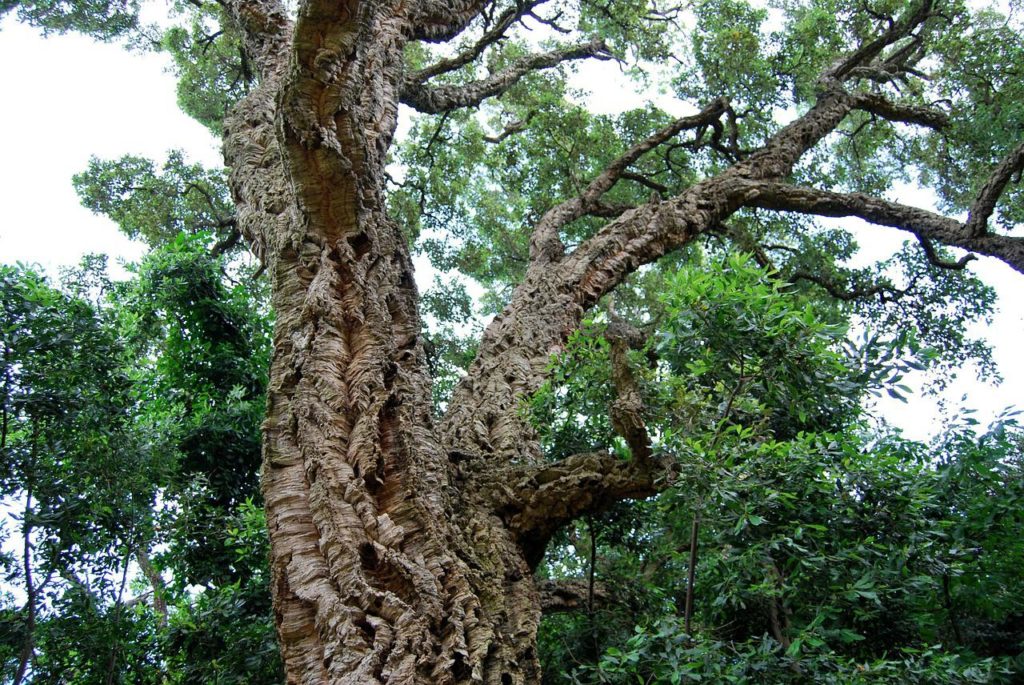Cork - renewable and remarkable material
What is Cork?
Cork is the outer bark of cork oak, which grows mainly in the Mediterranean. This remarkable tree has a bark whose properties and method of regeneration are unique in the whole plant kingdom. The unique composition of the cork raw material, with more than 40 million cells filled with air per cubic centimeter, makes cork a natural sound and heat insulator. Each cell contains an air-like gas (min. 50%), the cell walls are made of cellulose, suberin and wax. Suberin together with wax makes the cork impermeable to liquids and gases. This excellent property together with excellent compression regeneration makes cork an ideal product for closing bottles.
The role of cork today
Today, cork is no longer just a material for making bottle stoppers, but is widely used in the clothing industry to make fashion accessories. Such as purses, bags, backpacks, jewelry and even watches.
What about the durability of cork products?
You may be a little skeptical about the use of cork in the fashion industry. Forget cork plugs in wine bottles or cork notice boards, the technology of cork fabric production is different, at the end of which there is a perfect and durable alternative to animal skin.
After harvest, the cork is left in the fresh air for 6 months. It is then cooked and heated to achieve maximum flexibility. With the help of resin and pressure, cork blocks are created, from which thin layers are taken for the production of beautiful fashion accessories. Unlike the processing of animal skin, chemicals are not used in the production of cork fabric. Cork fabric does not crack or crumble, on the contrary, it retains all the exceptional properties of raw cork.
Weight
One of the prized features of cork and our products is amazing lightness. No one wants to pull a purse heavier than its contents. Cork is light for a simple reason, up to 50% of its volume is air.
Water resistance
Here again, false myths and legends prevail. Cork products are safe and durable even in adverse weather conditions. Water resistance is, for example, the reason why cork does not lose its exceptional properties as it ages. The roofing substrate (waxy substance) found in the cellular structures makes the cork practically impermeable to liquids and gases.
Wear resistance
Fashion cork accessories will serve you for a long time, because cork is very resistant to abrasion and has a high coefficient of friction. Carry your cork purse in the pocket of your denim pants without worrying about any harm. Interestingly, cork is a material used by the US NASA.


Cork oak
Cork oak is a dicotyledonous plant from the beech family (Fagaceae), which also includes species found in our latitudes (eg chestnut and beech). However, all other species are surpassed by the cork oak with the Latin name “Quercus suber L.”, which occurs in the Mediterranean zone. It is the only oak that produces cork. No other tree produces as strong and hardy bark as cork oak. Cork oak has the ability to regenerate its bark, which allows it to peel without damaging the tree. Roots are very important for cork oak, which allow a firm grip in the soil. Soon after germination, the main root grows from the acorn, which is vertical and grows deep into the ground, if the nature of the soil allows it. During growth, various lateral roots are added to the main root. They are gradually divided and thinned to the thickness of the hair. From the beginning, the root is actively growing, which explains the natural regeneration of cork oak under almost inhospitable climatic and soil conditions. Uncovered strong roots, especially in close proximity to the trunk, form the cork and trunk. The transition between the trunk and the roots is called the base of the trunk. Cork oak lives to about 180 years of age, which means that it allows about 17 – 20 collections of cork bark. The first peeling of the “virgin bark” can take place at the age of about 25 years, when the tree reaches a circumference of at least 70 cm. Subsequent removal of the bark is repeated after 9 – 12 years, always during the summer. Only during the third peeling does the bark reach the required quality. Bark harvesting has been carried out in the same way for centuries, manually, without the need for environmentally harmful mechanization. Cork bark grows and is peeled in different qualities depending on climatic conditions and geographical location. We can see the differences in quality very well on the original product – cork stoppers. World bark production is around 340,000 tons per year, of which more than 55% is produced by Portugal.


Cork composition
• Suberin (45%) – the main component of cell walls, causes the cork to be flexible.
• Lignin (27%) – binding compound.
• Polysaccharides (12%) – a cell wall component that determines the texture of the cork.
• Tannins (6%) – a polyphenylene compound that determines the color of cork.
• Ceroids (5%) – a hydrophobic compound ensuring the impermeability of cork.
• Mineral water, glycerin, and other elements account for 4%. Cork cells are small, pentagonal or hexagonal prisms.
